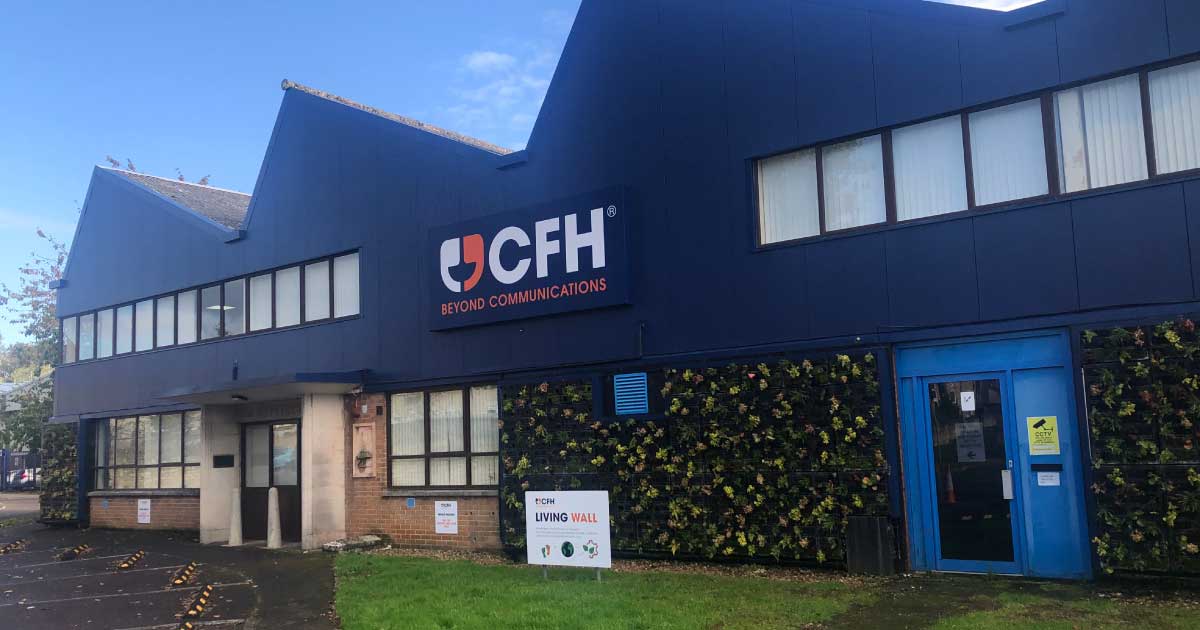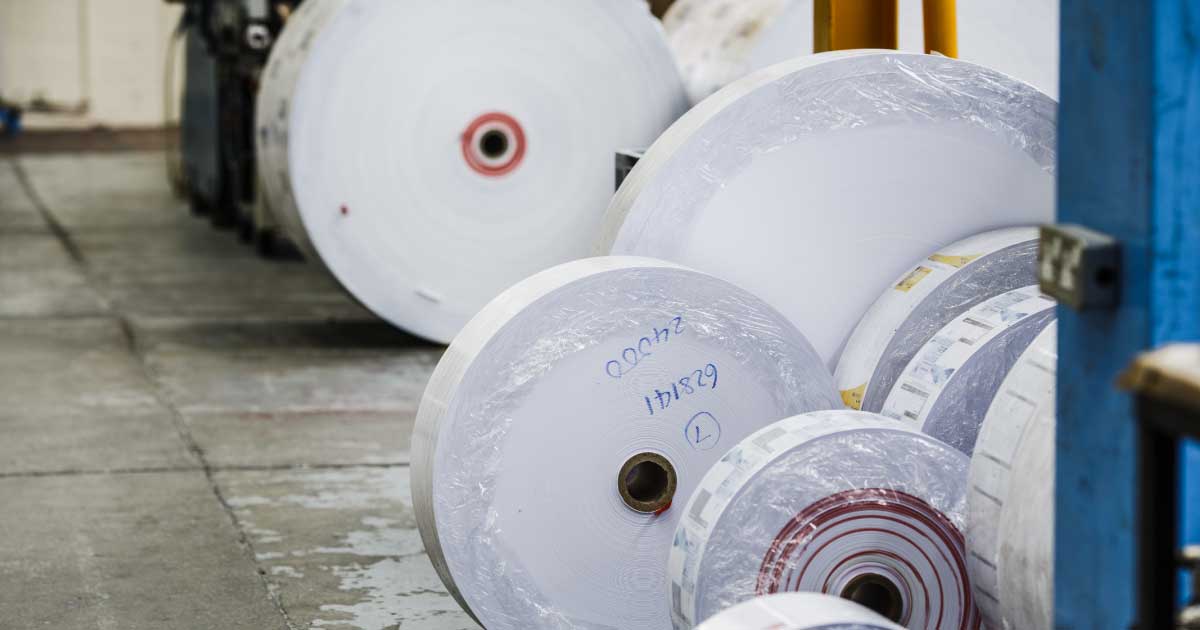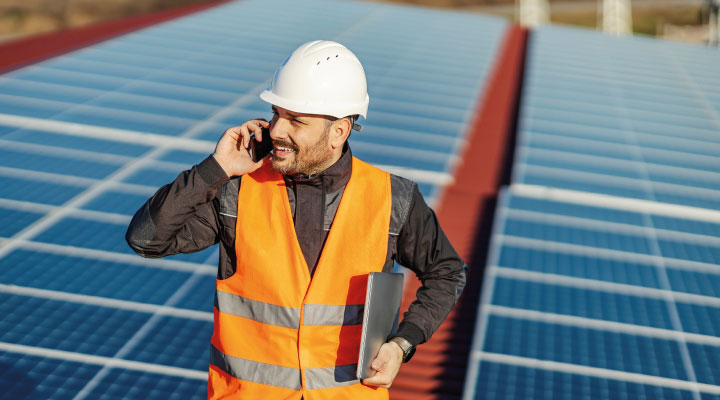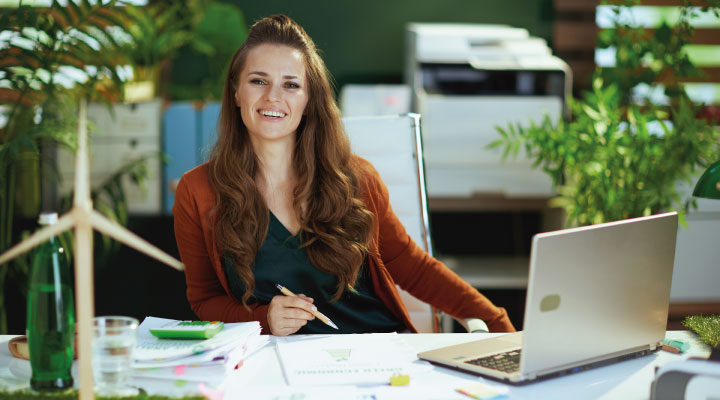Looking after the environment is one of CFH’s core values and we are always exploring new ways to minimise our impact on the environment.
We have staff working in various locations across the country. From home workers to office workers and our factory operational teams, we are aware that every single person will have an impact on our planet.
At CFH, we encourage our staff to ‘go green’ in order to try and reduce this.
The term “going green” means different things to different people. But in general, going green means making conscious and sustainable choices that help you reduce, reuse, and recycle the materials that you use.
There are a lot of ways to go green, but no one “right” way to do it.
For some, going green means choosing products that can be recycled or that come from recycled materials. Other people purchase used items, buying new only when there’s no choice. Some people buy an electric vehicle or ditch the car altogether and bike, walk, or carshare instead.
Going green is not a new concept. The debate over climate change is huge, varying, and at times, controversial and open to scepticism. What has been dubbed ‘The Attenborough Effect’ seems to be driving the health of our planet to the forefront of our minds, particularly since the release of his latest film, David Attenborough: A Life On Our Planet (available on Netflix).
So, with more of us becoming increasingly eco-conscious, how do we become more sustainable with workforces split across various locations?
When you work from home with no commuting, it might seem we have the eco box ticked. But there are many other considerations: from the energy you use to the materials you buy, and the practices you adopt on a daily basis. You are now the chief procurement officer and the energy efficiency monitor for your workplace.
You are in charge of reducing your carbon footprint both during and outside of working hours. What was decided at an organisational level, is now devolved to us as individuals. The carbon footprint of businesses has not simply been reduced, it has merely been dispersed to thousands of individual homes and there are no guarantees that those homes are running efficiently.
So we’ve pulled together some tips to help you be more sustainable in your home working environment:
Everyone wants to be cosy, especially during the winter, so it’s understandable why emissions from household heating rise when people are working from home. If you are able, why not try limiting the amount of time you have your heating on? In usual circumstances, your heating would be turned off as you spend the day in the office to be turned on only when you arrive back home. As you work during the day try switching off the heating or keeping the thermostat a degree or 2 lower than you usually would have and opting for comfy layers instead.
You can turn the heating on again when you finish work, just like you would when you were in the office. Not only will this cut down emissions produced by your central heating, but it will also make finishing work just that little bit more blissful when you can take off some of the layers and relax in your heated home.
Ideally, if you can have your laptop and screens near the window in the room you are working in, will help reduce the need to use artificial lighting while you’re working during the day. Many studies have found that natural light boosts productivity levels. Being exposed to more natural light can also make you healthier and happier.
Working in a comfortable environment can increase efficiency and ease of the job at hand, many people amp-up the brightness of their screens to make work more visible and easy to read. But, did you know that dimming the brightness of your computer/laptop can save up to 20% of the energy which will, in turn, cause less strain on the environment? After a while, your eyes will get use to your new screen brightness and you won’t even notice the difference.
Did you know that electronic devices still use energy when they are plugged in but aren’t being used? Leaving devices plugged into the wall is a huge waste of energy and can increase your electricity bills. It also creates harmful emissions and puts unnecessary stress on the environment. Make your office working area as sustainable as possible by ensuring that electronic devices like your laptop and computer monitor are unplugged from the wall when not in use.
One major draw on electricity is kettles for your morning cup of tea or coffee, particularly when just making one cup at a time. By filling the kettle using your mug, rather than from the tap, you can judge how much water you really need, speed up boiling time, and put a dent in your energy use.
As restrictions lift and companies find themselves getting back to normal, many employees are now returning to work on-site, in the office or factory, or have adopted a hybrid working approach. But that doesn’t mean sustainable efforts have to stop there, there is plenty you can do when working on site to be sustainable.
Here are some tips to help you be more sustainable when on-site:
Have you ever printed a document only to find that the last page was mostly blank? Simply checking your print job before sending it and encouraging your team members to do the same can save on piles of wasted paper each year. If you have to print something, choose to print duplex where possible.
Or why not challenge yourself to go paperless this year? When it comes to writing notes and to-do lists try going digital and use the sticky notes available within windows. These can be colour coded and saved to your drive or desktop. Use one of the to-do list templates available in word or outlook.
Many companies now have receptacles for waste segregation on each site - so try to dispose of any waste you may have correctly! You may find the following waste segregation within the office:
General waste
Plastics
Cans
Cardboard
Turn computers and electronic devices completely off instead of setting them in standby mode when they’re not in use. Standby mode and screen savers still use a lot of energy. Give your computer and the electricity at the office a well-deserved break when you leave the office for the day.
Prepare your lunch in advance where possible and use a reusable container - say goodbye to cling wrap and tin foil. This will also save you money!
When you buy food during your lunch break, it’s likely that it will be packed in a bag you’ll have to throw away. If you have to do this, make sure you dispose of the recyclables in a recycle bin.
Disposable water bottles are found all over landfill sites and their environmental impact is atrocious. With reusable water bottles, you save money and won’t have to ingest the invisible residue that is known to come from throwaway plastic bottles.
When it comes to hot drinks, invest in a reusable cup, like a frank green cup or a keep cup, which reduces the waste from using disposable cups.
Literally, go green - with an indoor plant. Plants recycle air by absorbing pollutants. They’re also great for improving the look and feel of your desk space, they act as a mood booster and they promote a healthy environment.
View our blog to see what environmental schemes we have in place as a company to reduce our impact on the environment.







